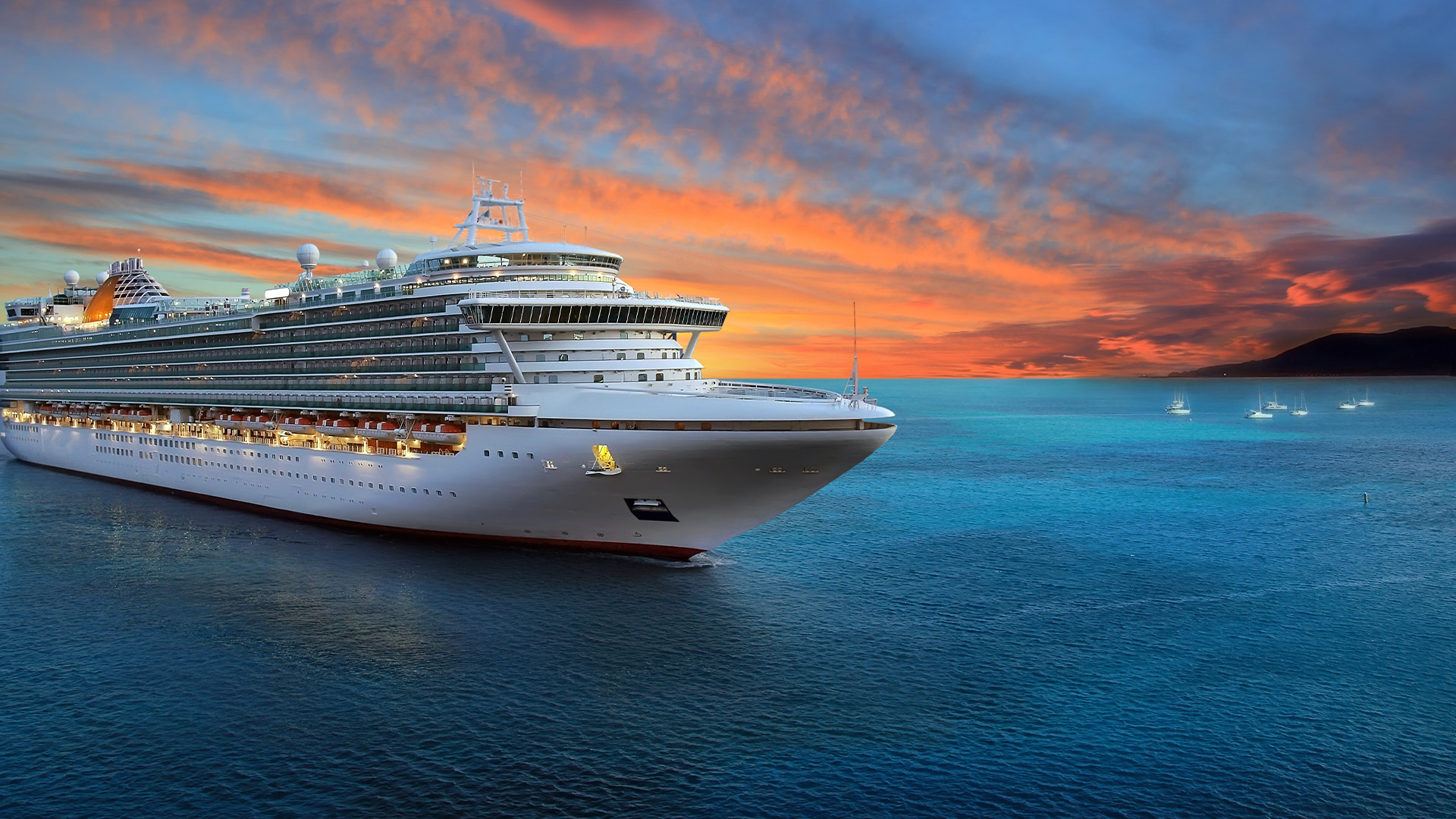
Publication
New competition legal framework in Mexico: What you need to know
A major reform to the Mexican Federal Economic Competition Law has been published in the Federal Register, and is set to become effective.


Author:
Canada | Publication | October 25, 2023
In June, Canada enacted Bill C-471. Tucked away within its 39 divisions and over 680 provisions are significant amendments to the Marine Liability Act (MLA), the Canada Shipping Act 2001 (CSA), and the Wrecked, Abandoned or Hazardous Vessels Act (WAHVA).
The changes reflect the federal government’s ongoing investment in its Oceans Protection Plan, which attempts to address issues of safety and environmental protection in Canada’s waters. Most notably, Bill C-47 significantly increases fines for regulatory offences under the CSA and the persons who may be liable to pay the fines. Bill C-47 also increased the limits of liability by 50% under the MLA for certain claims involving vessels under 300 GT, an amendment covered in a separate update.
Many of the CSA’s and WAHVA’s obligations are directed to the authorized representative (AR) of a vessel as defined by the CSA. The AR role has immense responsibilities and comes with significant liability exposure.
Every Canadian vessel operating in Canadian waters must have an AR who is responsible for acting in all matters relating to the vessel that are not otherwise assigned by the legislation to another person. WAHVA, which deals with wrecked vessels, also focuses on the AR’s role.
The AR identified on the documents filed with the Canadian ships’ registry is sometimes thought of as simply an administrative contact person. That assumption might prove to be an expensive mistake to make. Bill C-47 increases the maximum monetary fine for certain offences under the CSA, which would also apply to the AR, from $10,000 to $25,000. As well, the CSA makes the AR jointly and severally liable for these penalties alongside the vessel’s owner. It is also worth noting that if a vessel is lost and the owner is bankrupt, the AR may be left holding the bag.
The AR’s responsibilities are broad and focused on safety and compliance. The AR must ensure the vessel and its crew are compliant with the CSA, including the development of safety programs and training.
The vessel owner is bound by the acts or omissions of its AR in relation to compliance with the CSA and WAHVA. At the end of this update we list just a few AR responsibilities under the CSA.
If any sort of casualty occurs, the AR will likely be called upon by the regulators to explain how it discharged its obligations under the legislation. If the vessel’s owner is not also its AR and charges are laid under the CSA or WAHVA, they are likely be to filed against the AR as well, even on a personal basis.
The AR for foreign-flagged ships in Canadian waters is the master.
For Canadian vessels, the AR is the owner or bareboat charterer unless the owner has entered into an arrangement with a “qualified person” responsible for carrying out the AR role.
A “qualified person” may be a Canadian citizen, permanent resident or a federally or provincially incorporated corporation. If a Canadian vessel is owned by a corporation incorporated under the laws of a state other than Canada, the AR must be:
S. 85 (1) In every contract of employment between the authorized representative and the master of a Canadian vessel there is implied, notwithstanding any agreement to the contrary, an obligation on the authorized representative that the authorized representative and every agent charged with loading the vessel, preparing it for a voyage or sending it on a voyage use all reasonable means to ensure its seaworthiness for the voyage when the voyage commences and to keep the vessel in a seaworthy condition during the voyage.
S. 106 (1) The authorized representative of a Canadian vessel shall
(a) ensure that the vessel and its machinery and equipment meet the requirements of the regulations made under this part;
(b) develop procedures for the safe operation of the vessel and for dealing with emergencies; and
(c) ensure that the crew and passengers receive safety training.
(2) The authorized representative of a Canadian vessel shall ensure that
(a) the vessel and its machinery and equipment are inspected for the purpose of obtaining all of the Canadian maritime documents that are required under this Part; and
(b) every term or condition attached to a Canadian maritime document issued in respect of the vessel or its machinery or equipment is met.
S. 186.1 (1) The authorized representative of a Canadian vessel must
(a) ensure that the vessel and its machinery and equipment meet the requirements of the regulations made under this Part;
(b) develop procedures for preventing the discharge of a pollutant and for dealing with emergencies;
(c) ensure that the crew receives training in emergency procedures; and
(d) ensure that the crew and passengers receive training in environmental protection.
(2) The authorized representative of a Canadian vessel must ensure that
(a) the vessel and its machinery and equipment are inspected for the purpose of obtaining all of the Canadian maritime documents that are required under this Part; and
(b) every term or condition attached to a Canadian maritime document issued in respect of the vessel or its machinery or equipment is met.
The authors wish to thank Kris Jun, articled student, for his help in preparing this legal update.
Bill C-47, An Act to amend to implement certain provisions of the budget tabled in Parliament on March 28, 2023, 1st Sess, 44th Parl, 2023 (assented to 23 June 2023), SC 2023, c 26.
CSA, s. 14(2).

Publication
A major reform to the Mexican Federal Economic Competition Law has been published in the Federal Register, and is set to become effective.
Subscribe and stay up to date with the latest legal news, information and events . . .
© Norton Rose Fulbright LLP 2025